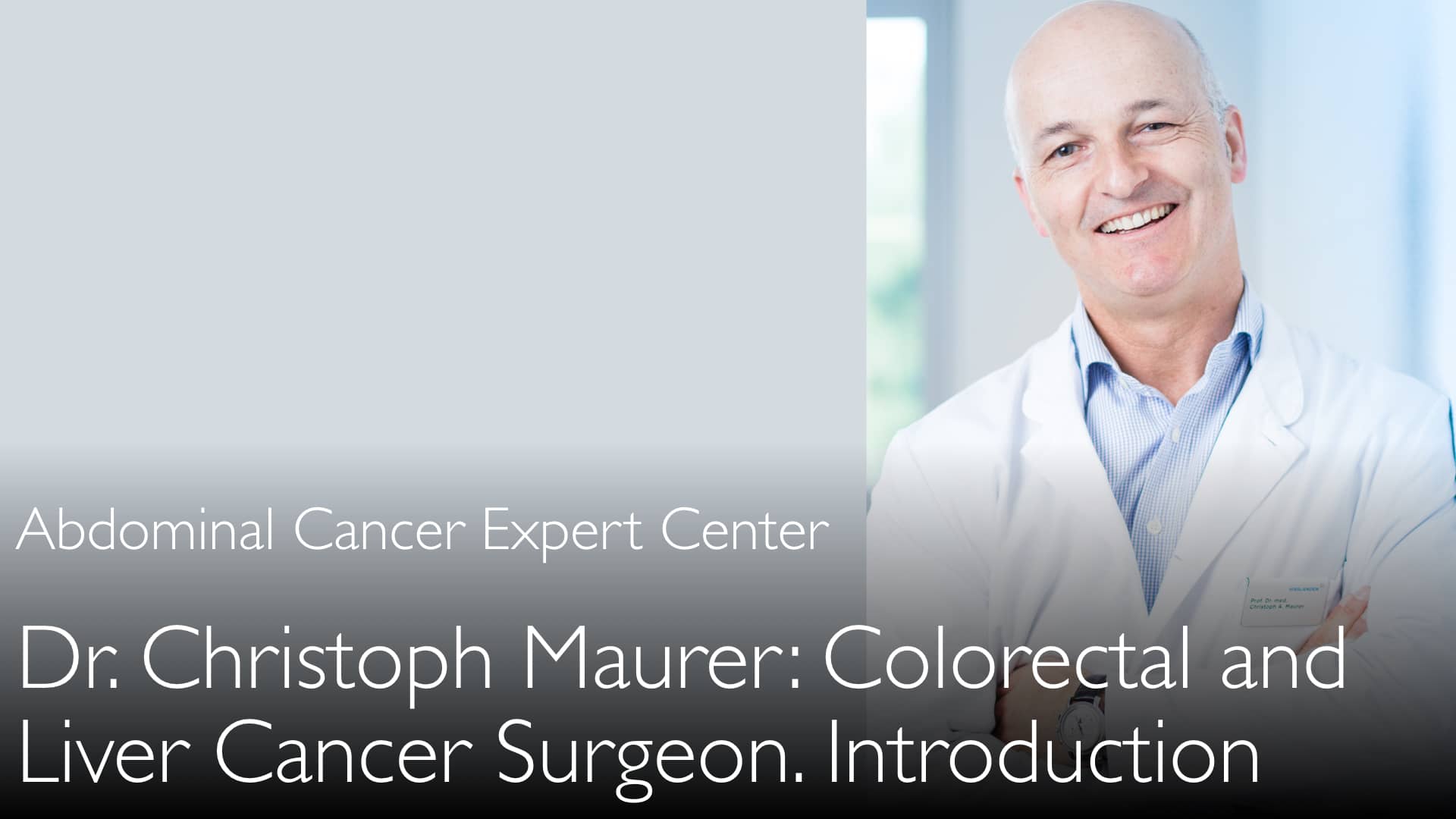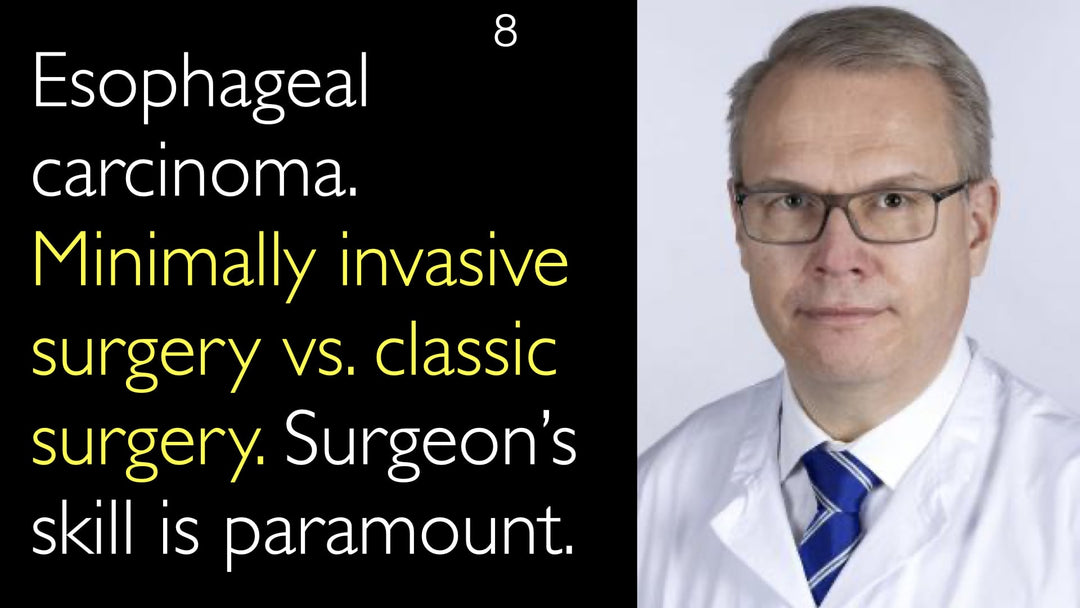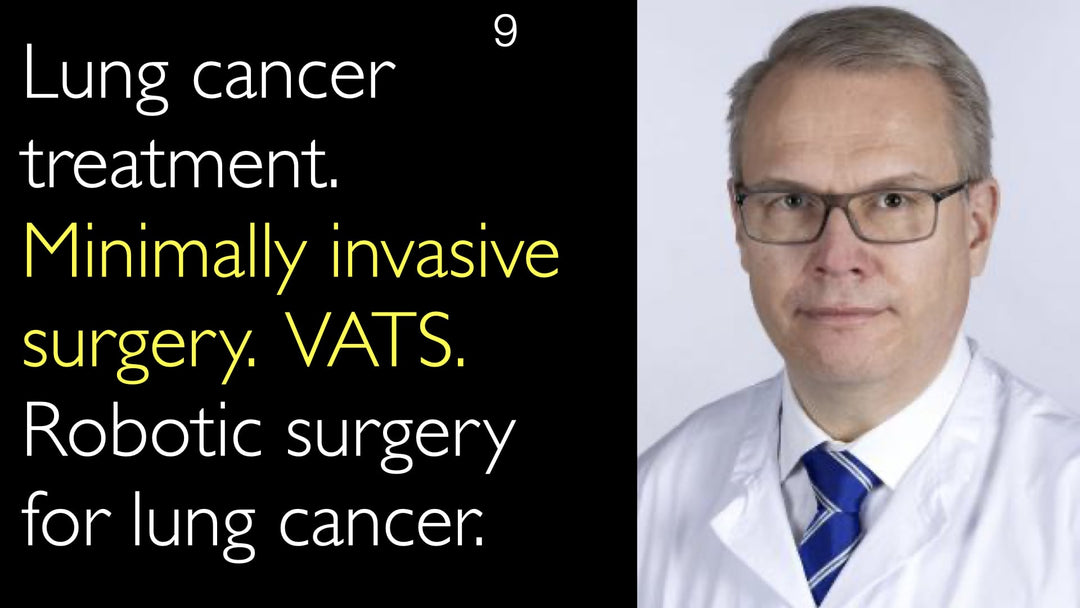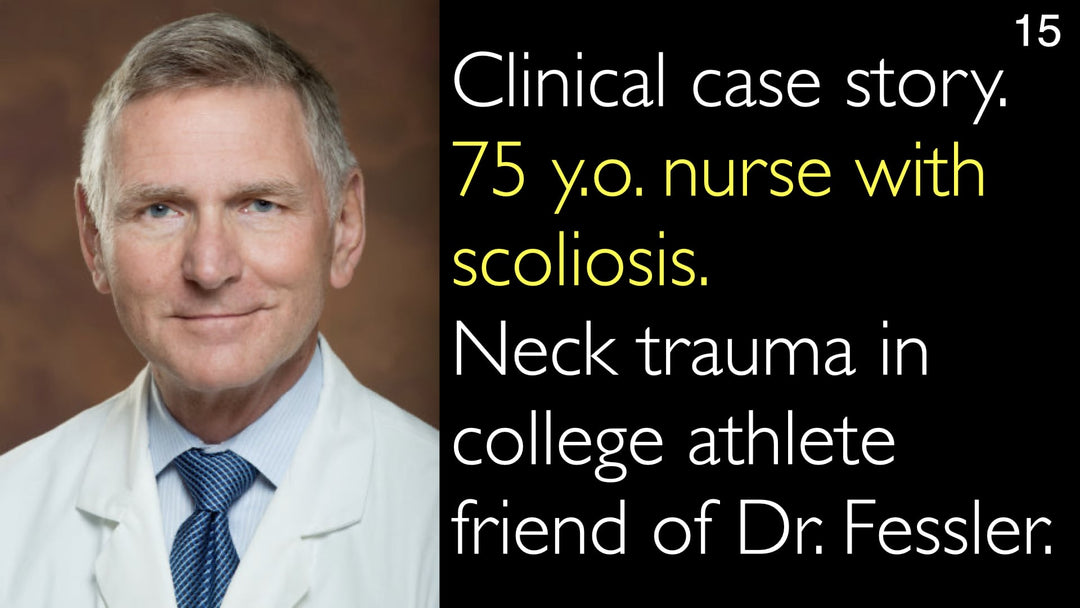Leading expert in rectal cancer surgery, Dr. Christoph Maurer, MD, explains anal function preservation techniques. He details the transverse coloplasty procedure, a surgical innovation that improves postoperative quality of life. This technique reduces bowel movement frequency and defecation urgency. Dr. Maurer achieves a 94% sphincter preservation rate in his patients. The procedure is feasible in nearly all patients and has a low complication rate.
Anal Function Preservation and Transverse Coloplasty in Rectal Cancer Surgery
Jump To Section
- Sphincter Preservation Rates in Rectal Cancer
- What is Transverse Coloplasty?
- Benefits of the Coloplasty Pouch
- Advantages Over J-Pouch Technique
- Safety and Feasibility of the Procedure
- Full Transcript
Sphincter Preservation Rates in Rectal Cancer
Dr. Christoph Maurer, MD, reports that modern rectal cancer surgery can preserve the anal sphincter in over 90% of patients. This represents a dramatic improvement in surgical outcomes. His personal surgical series demonstrates an exceptional 94% anal function preservation rate. This figure is significantly higher than the typical 70-80% rates achieved by many surgeons. Dr. Anton Titov, MD, notes this is an outstanding result for patient quality of life.
What is Transverse Coloplasty?
Dr. Christoph Maurer, MD, developed the transverse coloplasty technique to improve anorectal function after rectal removal. This procedure creates a new rectal substitute from the colon. Surgeons make a longitudinal incision on the antimesenteric side of the colon. They then close this incision transversely using a doubled-running suture. This simple surgical maneuver forms a small pouch that acts as a fecal reservoir.
Benefits of the Coloplasty Pouch
The transverse coloplasty pouch provides multiple functional benefits for patients after rectal cancer surgery. Dr. Christoph Maurer, MD, explains that the pouch creates a breaking point for intestinal peristalsis. This significantly reduces postoperative defecation urgency, a common complaint after rectal surgery. Patients experience less fecal incontinence and have reduced frequency of bowel movements. The overall result is markedly better anorectal function and quality of life.
Advantages Over J-Pouch Technique
Dr. Christoph Maurer, MD, highlights key advantages of transverse coloplasty over the traditional J-pouch technique. The most widely-used colonic J-pouch is not always surgically feasible. It can be difficult to construct in patients with a narrow male pelvis or in obese female patients. In contrast, the transverse coloplasty is always feasible to perform. Surgeons can always bring it down into the anal channel to create a secure coloanal anastomosis.
Safety and Feasibility of the Procedure
The transverse coloplasty technique boasts an excellent safety profile according to Dr. Christoph Maurer, MD. The procedure has a very low complication rate based on extensive clinical experience. Dr. Maurer's team has performed this innovative procedure for over 15 years. They use it whenever the colon is long enough and has good blood supply. Dr. Anton Titov, MD, confirms that this represents a substantial surgical experience with the technique.
Full Transcript
Colostomy is a common option for patients with rectal cancer. But today, anal function preservation is possible in more than 90% of rectal cancer patients. When are colostomy alternatives best? What is transverse coloplasty? A leading Swiss abdominal cancer surgeon explains the best options for rectal cancer surgical treatment.
Anal function preservation in rectal cancer surgery treatment. Transverse coloplasty.
Dr. Anton Titov, MD: Let's come back to rectal cancer treatment. Rectal cancer treatment has improved dramatically over the last decade. Quality of life issues after rectal cancer treatment are very important.
This is a crucial decision for a patient and a surgeon. It is a decision that they take together. The decision is about a permanent colostomy after rectal cancer surgical treatment. Alternatively, an anastomosis connecting parts of rectum and colon can be done. Anorectal function after rectal cancer surgery is not ideal.
You were a key member of the team that developed an innovative approach to surgery for rectal cancer treatment. This surgical innovation is called transverse coloplasty pouch. It can lead to better anorectal function in patients after rectal surgery. What is transverse coloplasty? How can it help to preserve anorectal function in patients after rectal cancer surgery?
Dr. Christoph Maurer, MD: Yes. The need today to do a coloanal reconstruction has dramatically increased. More patients need to preserve anorectal function after rectal cancer surgery. Because today we are able to preserve the anal sphincter apparatus in more than 90% of patients.
In my personal series, I have 94% sphincter preservation for all rectal cancer patients. So this is a very high percentage. Because usually surgeons have 70%, perhaps 80% anorectal function preservation rate after rectal cancer surgery. But 94% is a very high percentage.
Dr. Anton Titov, MD: That is a very dramatic result, obviously. 94 out of 100 patients treated for rectal cancer have preservation of anorectal function. This is outstanding.
Dr. Christoph Maurer, MD: Yeah. And patients are happy to have their anus still after rectal cancer treatment by surgical operation. First we learned how to accomplish anal sphincter preservation during rectal cancer surgery. Then our goal was to improve postoperative anorectal function.
So we created this new anorectal reconstruction technique. We created a new rectal substitute. It is called transverse coloplasty. Transverse coloplasty is a very simple procedure.
We do a longitudinal incision on the antimesenteric side of the colon. We then close this incision transversely by a doubled-running suture. The result of the transverse coloplasty is a small pouch.
By doing the incision on the antimesenteric side of the colon, we achieve a breaking point of the intestinal peristalsis. So patients after rectum removal because of cancer have less defecation urgency after surgery. They have a new intestinal pouch that accumulates fecal material.
Patients have less fecal incontinence after rectal cancer surgery. They have reduced frequency of bowel movements. And at the end, patients have better postoperative anorectal function after rectal cancer treatment.
Another argument for this novel transverse coloplasty pouch technique is this. It's always feasible to do it. On the contrary, the most widely-used colonic J-pouch is not always feasible to make in patients.
In narrow male pelvis and in obese female patients, it is sometimes difficult to get the colonic J-pouch down to the anus. On the other hand, our transverse coloplasty is always feasible. We always bring it down into the anal channel.
We always can create the coloanal anastomosis. So transverse coloplasty has, in our hands, several advantages over other coloanal reconstruction techniques. And today it is not used everywhere. But it is used over all five continents.
So we're happy that we could do something for the quality of life for patients with rectal cancer.
Dr. Anton Titov, MD: Clearly, preservation of quality of life and anorectal function is very important after rectal cancer surgery. So that is a very good technique that you are using. Hopefully many patients would consider doing rectal cancer surgery in your hands. Then they will have good anorectal function preservation after the surgery.
Dr. Christoph Maurer, MD: Yes, whenever it is possible, we use it. If the colon is long enough and the blood supply is good, we always use this novel technique. But transverse coloplasty also has a very low complication rate.
We have done this novel procedure for over 15 years now. So we have very large experience to do it.
Dr. Anton Titov, MD: 15 years is a large surgical experience with this technique, that's for sure.
Dr. Christoph Maurer, MD: Yes. Anal function preservation in rectal cancer surgery treatment. Transverse coloplasty can reduce defecation urgency in patients after rectal cancer surgery.
Sphincter-preserving operations for rectal cancer are increasingly used today. Top surgeons in rectal cancer treatment use sphincter-sparing resection for rectal cancer. Transverse coloplasty is one approach to improve anorectal function in patients after surgery.
Today we are able to preserve the anal sphincter apparatus in more than 90% of patients. A top Swiss surgeon has a 94% anorectal function preservation rate in his rectal cancer surgery series. Transverse coloplasty is a very simple procedure.
Rectal cancer surgery second opinion helps to find the best treatment options. Get a second opinion on rectal cancer from leading US and European experts. Be confident in your treatment plan and prognosis.
Precision medicine today provides many options for rectal cancer treatment. A second opinion on stage 4 rectal cancer can result in cure or long-term survival.








